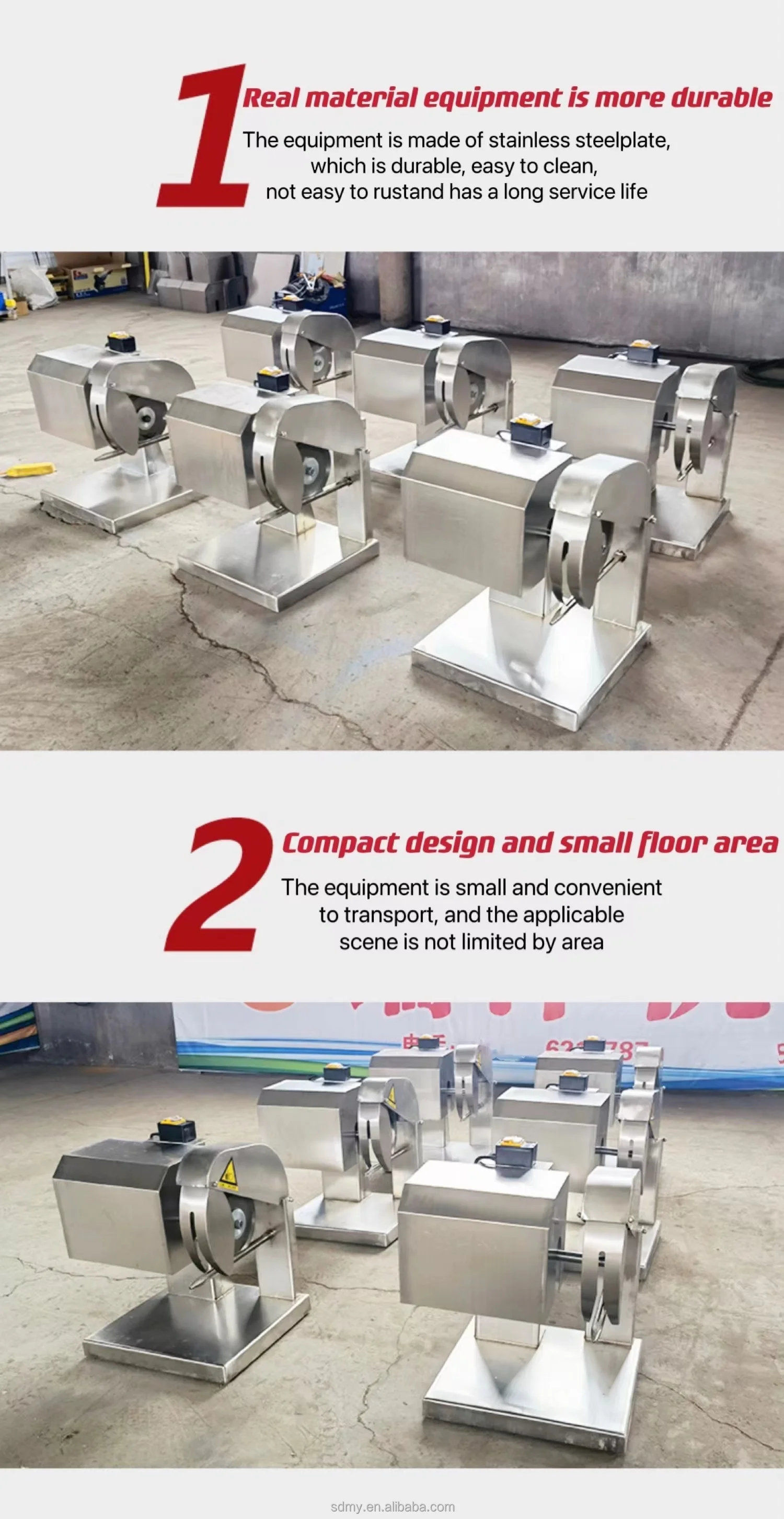Optimal Solutions for Efficient Cutting Machine Performance and Maintenance Strategies
Nov . 29, 2024 13:13 Back to list
Optimal Solutions for Efficient Cutting Machine Performance and Maintenance Strategies
Understanding Cutting Machines A Comprehensive Overview
Cutting machines have become indispensable tools in various industries, from manufacturing to crafting. These machines are designed to cut materials with precision and efficiency, facilitating the production process and enhancing product quality. In this article, we will explore the different types of cutting machines, their applications, and the technological advancements that are shaping their future.
Types of Cutting Machines
Cutting machines come in various forms, each suited for specific materials and applications. Some of the most common types include
1. Laser Cutting Machines Laser cutting technology utilizes a highly focused laser beam to cut through materials. This method is widely used for cutting metal, plastic, and wood, offering high precision and minimal kerf width. Laser cutting is particularly advantageous for intricate designs and tight tolerances, making it an ideal choice for industries like aerospace, automotive, and signage.
2. Plasma Cutting Machines Plasma cutting is another popular method, especially for thicker metal sheets. This technique uses a high-velocity jet of ionized gas to melt and blow away material. Plasma cutters are known for their speed and ability to cut through various metals, including steel and aluminum. They are commonly used in fabrication shops and construction.
3. Water Jet Cutting Machines Water jet cutting employs a high-pressure stream of water, often mixed with abrasives, to cut through materials. This method is versatile and can cut soft materials like foam and rubber or harder substances like granite and glass without introducing heat, which can affect material properties. Water jet cutting is commonly used in the stone industry, as well as for cutting complex shapes in various materials.
4. Mechanical Cutting Machines Mechanical cutting methods include saws, shears, and CNC routers. These machines use physical blades or tools to cut through materials and are suitable for a wide range of applications, from woodworking to metalworking. Mechanical cutters are renowned for their reliability and are widely used across construction and furniture manufacturing.
Applications of Cutting Machines
The applications of cutting machines are vast and varied
cutting machine

- Manufacturing In manufacturing, cutting machines play a crucial role in the production of components and assemblies. They enhance efficiency and ensure uniformity across large production runs.
- Construction Cutting machines are essential for precise cutting of building materials such as metal studs, drywall, and roofing materials
.- Textile Industry In the fashion and textile industries, cutting machines are used to create patterns and shapes from fabric, ensuring accuracy and reducing waste.
- Arts and Crafts For hobbyists and artists, cutting machines provide the ability to craft intricate designs and personalized items. From vinyl cutters to laser engravers, these machines empower creativity.
Technological Advancements
As technology advances, cutting machines are becoming increasingly sophisticated. The integration of computer numerical control (CNC) allows for greater automation and precision. CNC machines can be programmed to follow specific designs and patterns, resulting in higher productivity and reduced human error.
Moreover, advancements in software have made it easier to design complex shapes and optimize material usage. Modern cutting machines often feature enhanced capabilities, such as multi-axis cutting, which allows for intricate 3D shapes and angles that were once difficult to achieve.
Sustainability is also becoming a key focus in the industry. Many manufacturers are developing cutting machines that minimize waste and energy consumption. Technologies such as nesting software optimize the layout of pieces to be cut, reducing material waste significantly.
Conclusion
In summary, cutting machines are vital tools across various industries, contributing to efficiency, precision, and creativity. As technology continues to evolve, these machines are becoming more advanced, offering new capabilities that meet the demands of modern production and crafting. Whether used in industrial settings or home workshops, cutting machines will remain a fundamental aspect of how materials are processed and shaped, driving innovation and enhancing productivity in countless applications.
-
Hot Sale 24 & 18 Door Rabbit Cages - Premium Breeding Solutions
NewsJul.25,2025
-
Automatic Feeding Line System Pan Feeder Nipple Drinker - Anping County Yize Metal Products Co., Ltd.
NewsJul.21,2025
-
Automatic Feeding Line System Pan Feeder Nipple Drinker - Anping County Yize Metal Products Co., Ltd.
NewsJul.21,2025
-
Automatic Feeding Line System - Anping Yize | Precision & Nipple
NewsJul.21,2025
-
Automatic Feeding Line System - Anping Yize | Precision & Nipple
NewsJul.21,2025
-
Automatic Feeding Line System-Anping County Yize Metal Products Co., Ltd.|Efficient Feed Distribution&Customized Animal Farming Solutions
NewsJul.21,2025






